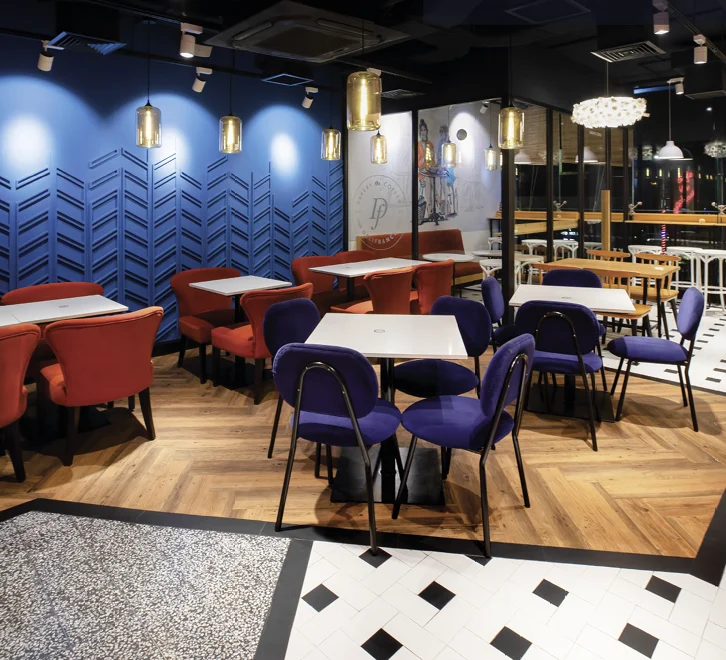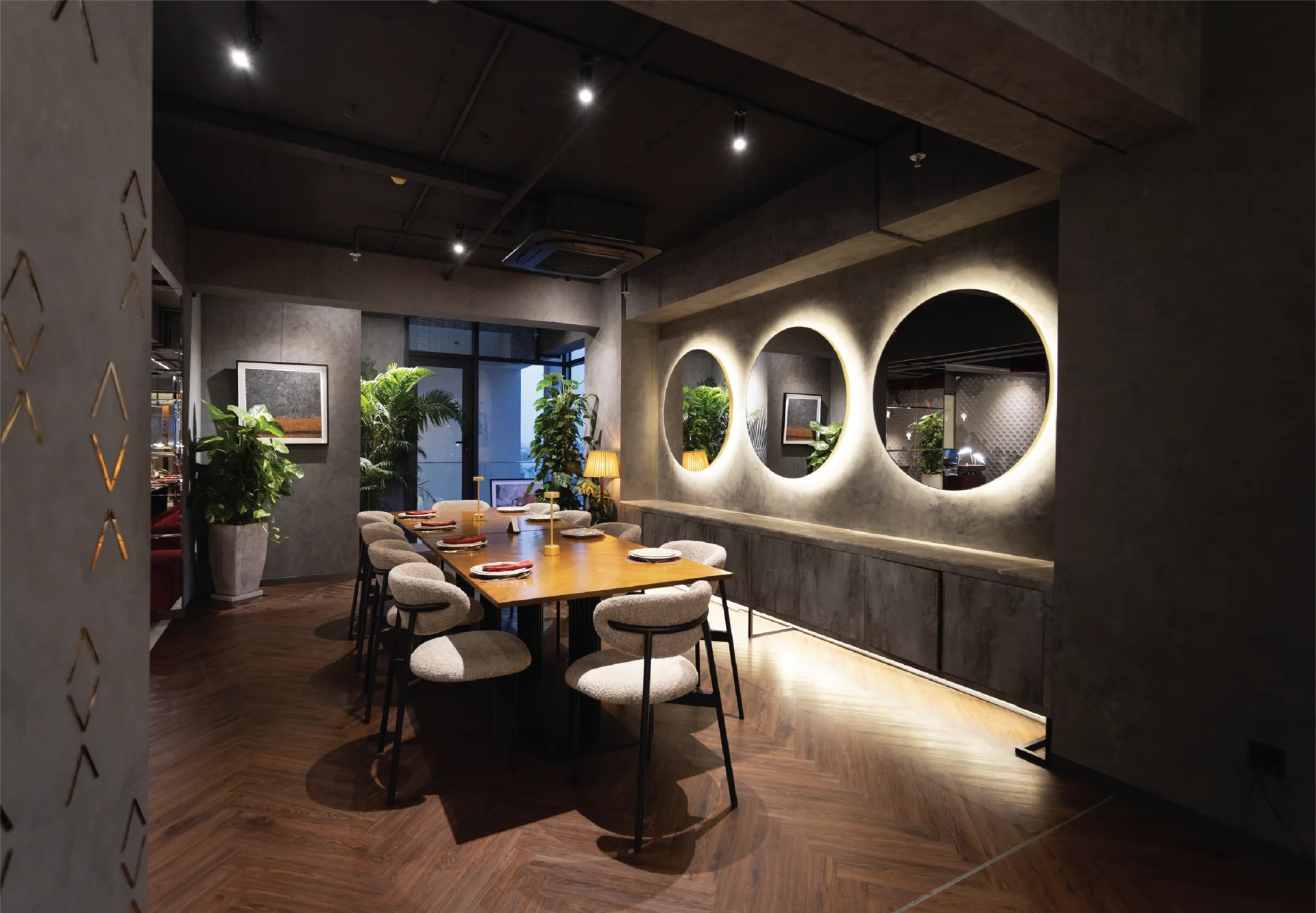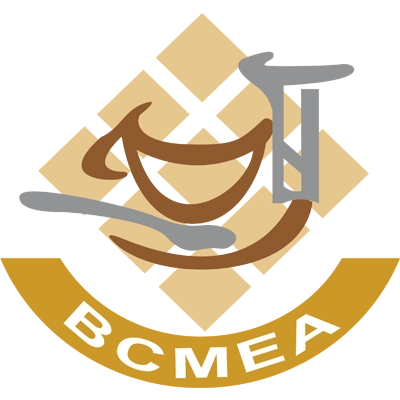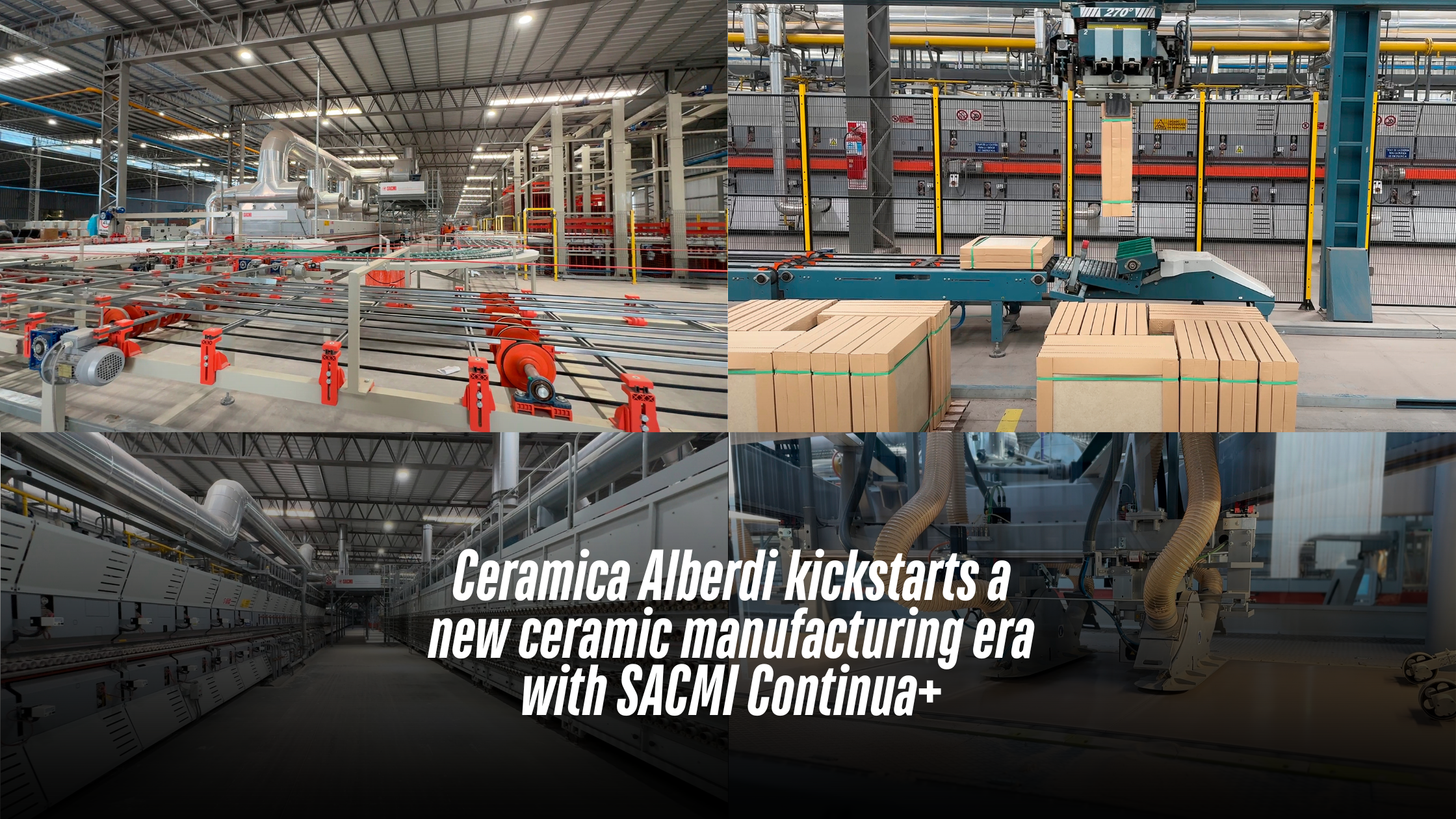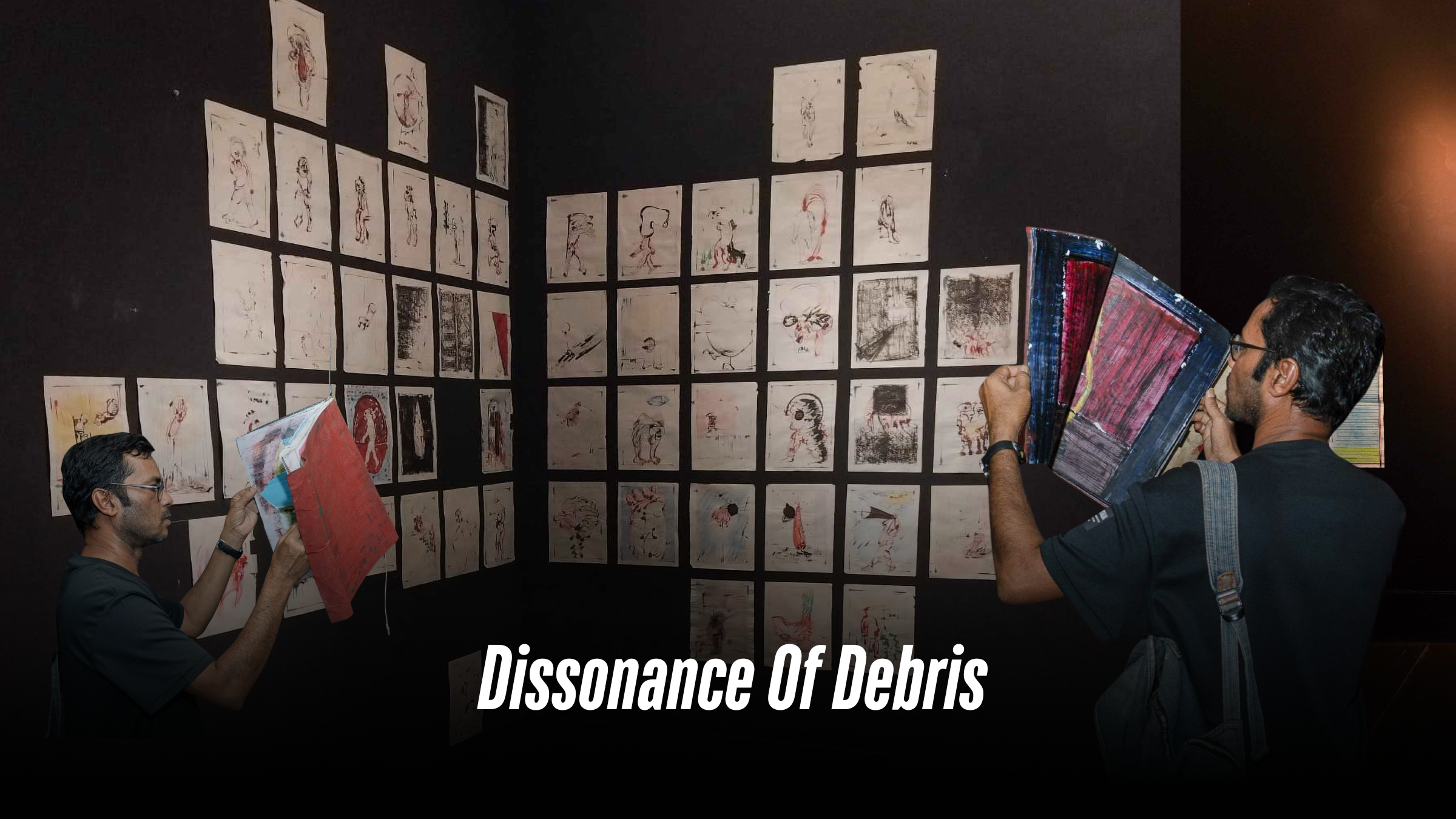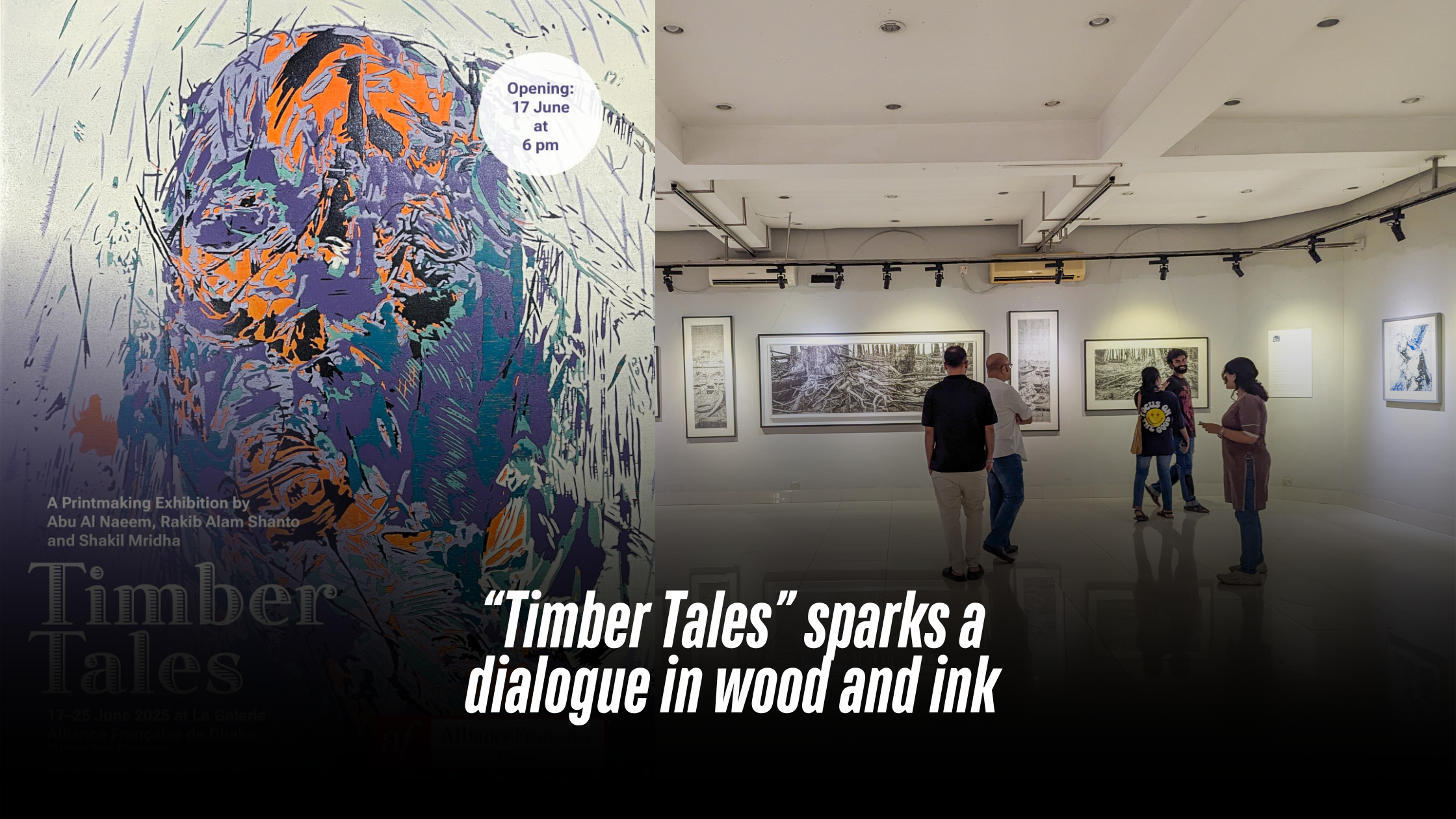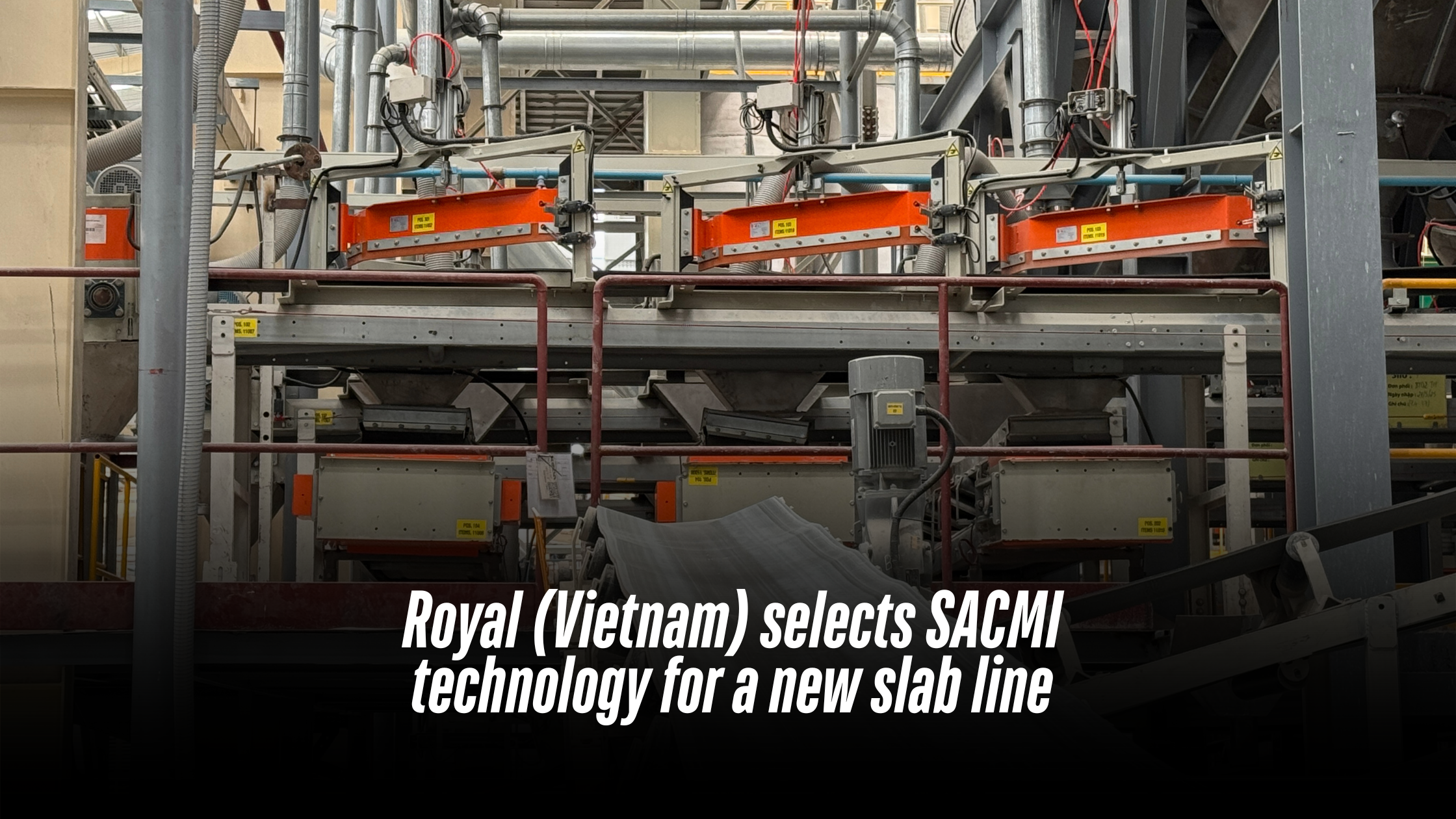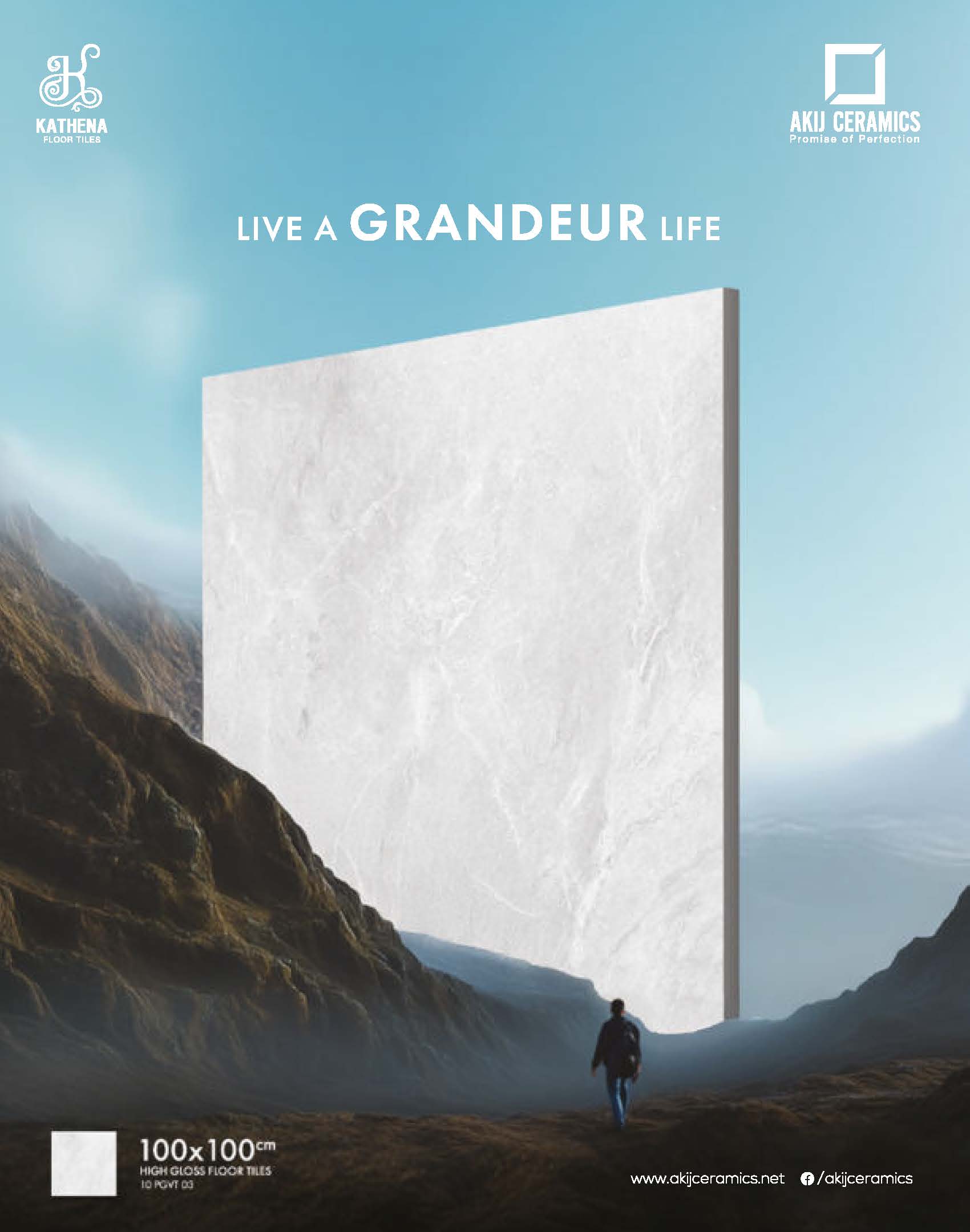
Pursuing Prestige: The Radisson blu water garden
We rarely find a person acquainted with Dhaka who has not heard the name Radisson Blu Dhaka Water Garden or has not seen the iconic pitched roof building on the airport road. For years the name has carried the essence of luxury, exclusivity, and prominence to mass people. Just paying a visit to Radisson is enough to make someone feel special. Since 2006, Radisson Blu Dhaka Water Garden has been a prominent name in the luxury hotel market. The luxury and exclusivity with a touch of nature make it the perfect blend for people who want to experience proper five-star hospitality in Dhaka. Radisson Blu Dhaka Water Garden is between the city center and the airport area, making it easy to locate and access, especially for international travelers, including most of the target group. Being situated away from the urban chaos gives it a spacious room to breathe, making it worth battling through the Dhaka traffic to spend quality time with the city dwellers. The building stands as an icon of a five-star hotel in Dhaka city amidst water bodies and green landscapes. The whole area comprises 7-acre of land, but the building stands only on 2.5 acres, leaving the rest to embrace the natural landscape. It becomes hard to miss due to the fusion of Modernist architecture with the nostalgia of our traditional pitched roof. The project is a partnership between the property owner, Sena Hotel Developments Limited, and the multinational corporation, Radisson Hotel Chains, which provides quality management. International and local consultants worked together to develop the building by the brand criteria. Every element, from service, food, room amenities, comfort, building materials, and local experience to security and safety, is carefully designed to provide guests with a meaningful and unforgettable experience. The grand ramped driveway is one of its kind in this hotel. It is rare to find such a spacious approach in Dhaka due to the congestion and scarcity of land. One can see the unhindered view of the cityscape of Dhaka from the drop-off area, overlooking the wide airport road. After a careful security check, the ceiling height change to the lounge is awestriking. This open salon is visible from all floors above. Its height has been scaled down to human proportions by chandeliers of various sizes and height levels, which creates a more inviting atmosphere. The visual drama of the lounge and its modernist design, circular shape, and strategically placed features give the space an impressive appearance. It provides an interactive space for both the visitors and the occupants. The main entrance is from the first floor, and all the public functions comprise the ground floor and first floor, making it easily accessible without any contact with lift buttons or door handles- which proved to be highly useful during the Covid-19 situation. Radisson Blu Dhaka Water Garden, is one of the prominent names in arranging national and international high official Government and private events, particularly in terms of its security and hospitality. They offer versatile conference rooms that can accommodate up to 1,100 attendees, ensuring the success of events of all sizes covering approximately 3,000 square meters. The Grand Ballroom’s 990 square meters can accommodate a memorable wedding celebration or buffet. The Utshab Banquet Hall is available for product-launching-style events. Several boardrooms are also accessible for personal meetings, training courses, breakout sessions, and other smaller events. Healthy food over taste is a primary priority at Radisson Blu Dhaka Water Garden. The four restaurants and one bar named Blaze Entertainment Lounge & Bar, try to maintain the international standard in every dish. One can enjoy fresh, wholesome Bangladeshi cuisine at ‘Sublime’- a restaurant perfect for a romantic evening or an important client meeting. ‘The Water Garden Brasserie’ can be a perfect option for breakfast, lunch, or dinner, and choose from the international buffet and cook-to-order stations. ‘Spice & Rice’ offers a contemporary twist on Asian food, and ‘Chit Chat’, a deli café, can satisfy the cravings for savory snacks and sweet treats. They also have a dedicated space for smoking called ‘the Cigar bar’. The hotel business is going through a period of transition. The market has been divided into subsets to cater to a wide range of potential clients. Radisson Blu Dhaka Water Garden strives to appeal to locals and tourists by incorporating local cultural elements into its decor and the standard they promise. Radisson Blu Dhaka Water Garden offers accommodation services with its 200 five-star standard hotel rooms and suites. All the rooms have a balcony that offers stunning views of the hotel’s pool, rich landscape, and bustling city streets. In addition, they offer non-smoking floor services for the convenience of their customers. A significant feature of this hotel is the abundance of positive natural light seen throughout. At different times of the day, the play of light and shadow produces contrasting yet complementary effects. The garden, pool, and pond create sublime atmospheric peace. The pond area’s natural splendor lies in the fact that it has been preserved in its original setting, thus enhancing the genuineness and significance of the overall experience. The significance of this pond is enhanced by the jogging path that circles it. The open lounge area next to the pool, surrounded by organized nature, is a beautiful spot to spend some quiet time in the fresh air. The entire garden is planned such that there are always blooms to be seen, no matter the time of year. Radisson Blu Dhaka Water Garden, tries to encourage energy conservation and an eco-friendly environment. They reduce water waste by rainwater harvesting. The hotel promotes low and efficient water and electricity use by creating awareness whenever possible. They utilize as much natural light as possible indoors, given that most of the space is outdoors. The day light-sensitive technology used in light fixtures ensures minimal or no waste of energy. Radisson Blu Dhaka Water Garden promises to provide the best when it comes to service. However, finding skilled human resources who can meet the
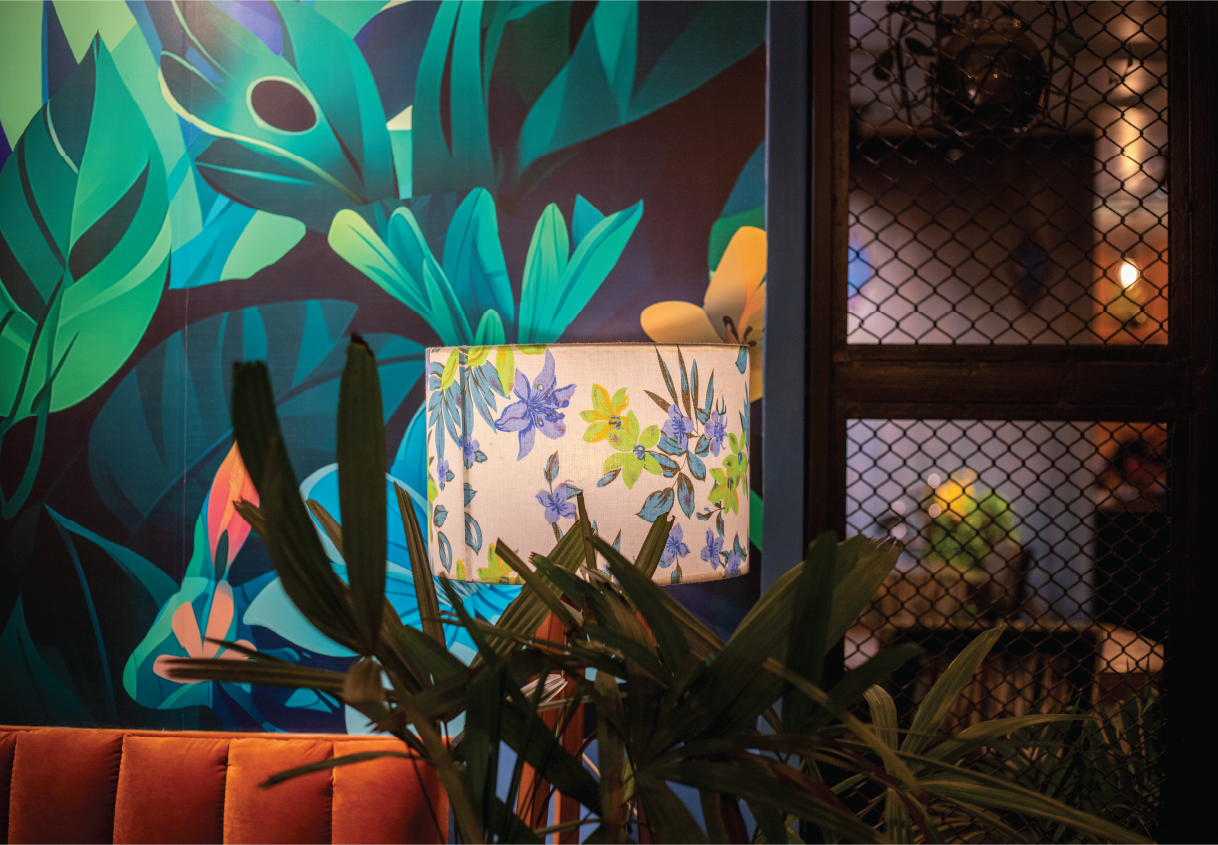
A Journey Of a Thai Culinary Excellence of and Artistic Innovation
We are sure that there are times when you crave some good tangy Thai flavours and also miss the vibrant experience of street life in Thailand. Naming from the famous street of Bangkok, Khao San is such a place where you can meet both. Founded by four friends – Bushra Haque Sarah, Syed Sameem Shahriyar, Taposh Ghosh, and Mustafid Raiyan Khan—Khao San is more than just a dining spot; it’s a passion project. After gaining popularity in Dhanmondi, Khao San has now made its mark in the heart of Gulshan. Despite being open for only a few months, the restaurant has already captured the hearts of diners with its delectable taste and unique interior. With the air infused with tantalising Thai flavours and the atmosphere adorned with bold hues with a pinch of earthy colours, the restaurant interior pays an ode to its famous Thai street namesake, Khao San Road. As guests step into this new branch, they might subconsciously reminisce about the interior of Dhanmondi and immediately be enveloped in a newer enchantment. The restaurant not only draws its name from the famous road but also matches the vibes of the lively and bustling area renowned for its vibrant nightlife and dynamic energy. Through careful design interventions, the restaurant’s interior captures this spirited ambiance, blending the bustling vibe of Khao San Road with a serene touch of nature. We designed Khao San Gulshan with the Dhanmondi branch in mind. We tried to maintain a similar essence,” said Sheefa. Like the debut branch, the interior has been done by Rahnuma Tasnim Sheefa, the principal architect of Parti.Studio. Once you’re inside Khao San Gulshan, you will consciously notice the wooden motifs on the main door, inspired by the lotus flowers of Thailand. The same motif is also reflected in the door knobs of washrooms and a partition door, creating a cohesive design throughout the space. The designer has carefully merged the wooden motifs with the glass, creating a screening that added a modern touch to the usual traditional design element. Upon entering the space, you will be greeted by a vibrant, real tuk-tuk. The dining area is mostly an open plan divided into several zones that are connected visually yet spaced out with mesh dividers and plants. There’s also a private room for larger groups. One of the seating zones features an elevated floor space where you will discover a wall composed of a wooden window with a stunning mural painted inside and designed beside a rustic doorframe. As the architect described, the entire space is very “instagrammable.”. You will find corners or elements to take dope pictures. With splashes of vibrant hues, warm tones, and moody ambient lighting, each nook and cranny has been designed to capture the eyes of the visitors, inviting them to take a closer look and explore the decor. The restaurant design mimics the scenic nature and happening city life of Thailand, interpreted to fit into the theme. Through closer inspection, you will be able to decipher that the city-influenced part of the restaurant has warm tones of orange, red, and yellow. On the other side, the nature part has an upper hand with cool tones of blues and greens. “Throughout the space, we introduced natural plants to keep the nature found. On a wall, you will find a huge illustration with an elephant, which is a vital character from the branding. The story goes like the elephant, after exploring the city, is moving from city to jungle,” added Sheefa. To keep up with the traditions of murals in the Khao San restaurants, the architect had to face some challenges. In the Dhanmondi branch of Khao San, you will find hand-painted murals; however, due to the building’s age and damp walls, hand-painting wasn’t feasible in the Gulshan branch. As a creative solution, Sheefa introduced illustration murals in sticker format, ensuring the same artistic touch while overcoming the challenges posed by the building’s condition. The amazing representation of the ideas was displayed in the form of illustrations by Mashqurur Belal Sabri. The architect took special care to include the implementation of our local craftsmen. All the furniture used in the restaurant is designed and crafted by local artisans. The decorative items, including the metal hanging lights, are also customised and locally made. One of the major setbacks of the restaurant space was its ceiling height, which is quite lower than the average. As a result, a false ceiling was barely an option. “Though I highly oppose using false ceilings, but at rare times when necessary for concealing wiring, considering the already limited height of the ceiling, installing them would only make the space feel cramped and claustrophobic. Therefore, we minimised the use of false ceilings and chose grid wiring in the original ceiling,” explained Sheefa. The architect designed the wiring grids on the original ceiling very innovatively. Some of the grids are functional; a few are added only to make the grid design complete. The decorative items are hung carefully, keeping careful alignment with the grids. The ACs have been camouflaged very interestingly, merged with the backgrounds, allowing the murals to flow seamlessly through the space without interruptions. The murals are very artistic, reflecting the hustle and bustle of Thai city life and its nature. Within a few months of its operation, the restaurant gained unparalleled popularity in the area and is mostly packed to capacity during the peak meal hours. The vibrant and colourful décor with artsy and picturesque style combined with affordable yet authentic Thai cuisine beckons customers from far and near to Khao San to enjoy a truly enjoyable gastronomic experience. Written By Kaniz F Supriya & Quazi Anika Afrin
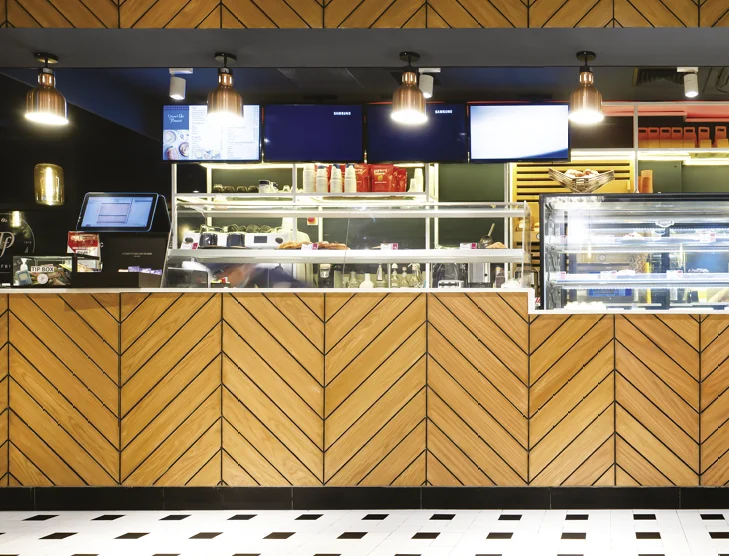
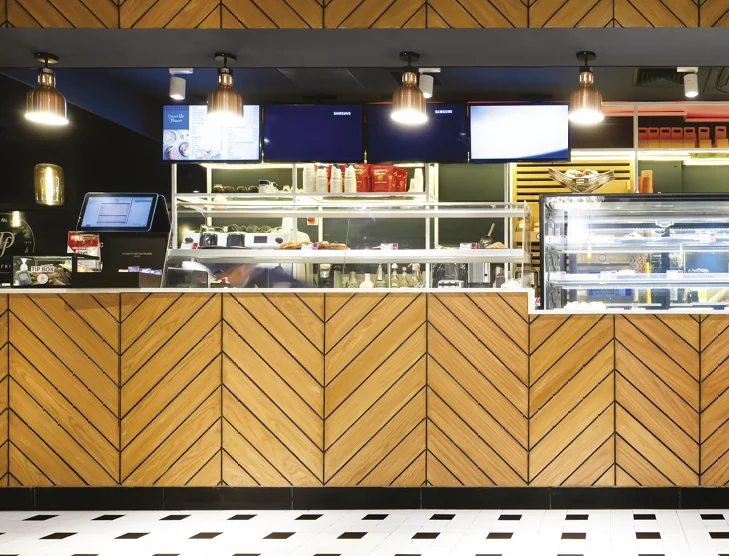

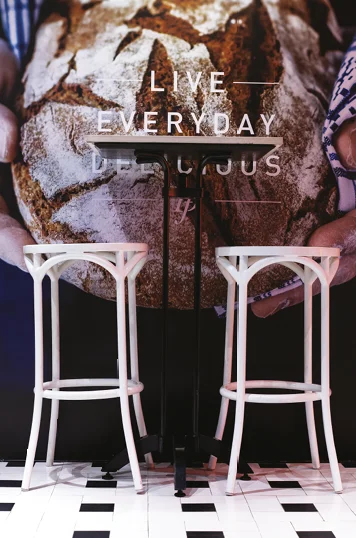 Delifrance’s baked items are made with flour from the Grands Moulins de Paris, a major French milling company operating since 1919. The recipes served follow the franchise standards, and the new recipes also get approved by Paris. Hence, the international-quality chefs bring to the table a range of savoury dishes alongside croissants and other finger foods.
Delifrance’s baked items are made with flour from the Grands Moulins de Paris, a major French milling company operating since 1919. The recipes served follow the franchise standards, and the new recipes also get approved by Paris. Hence, the international-quality chefs bring to the table a range of savoury dishes alongside croissants and other finger foods.